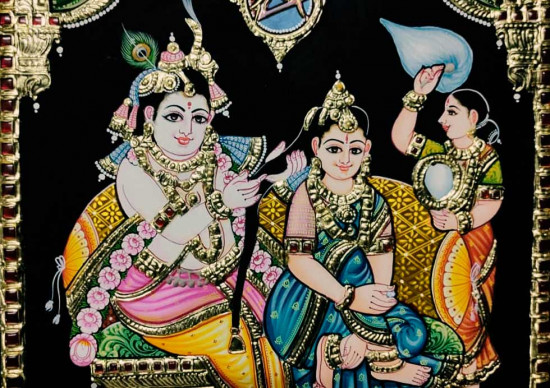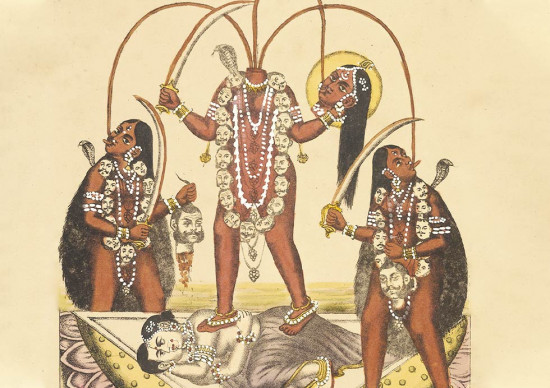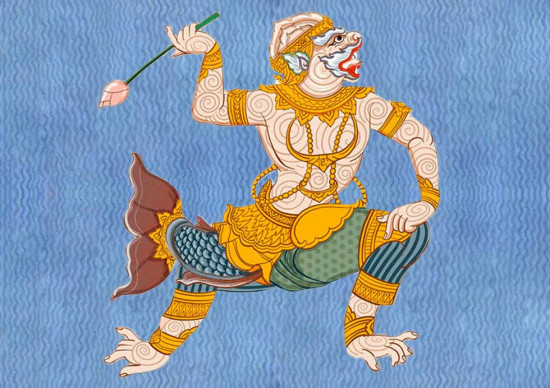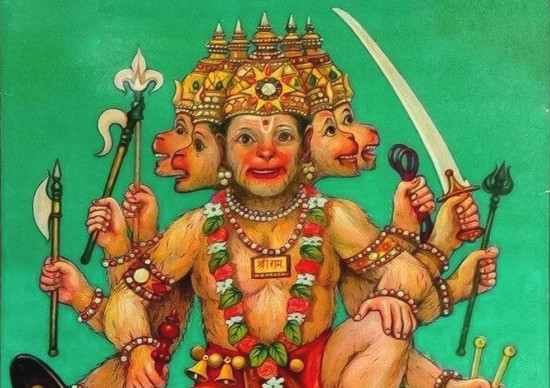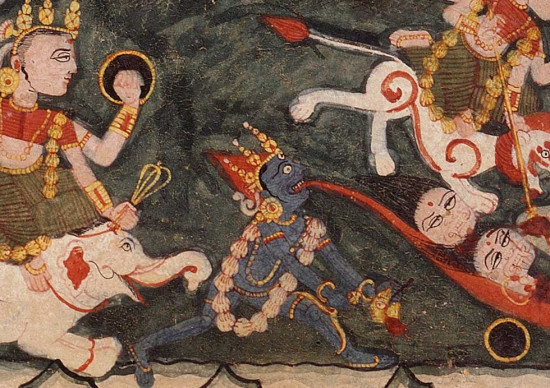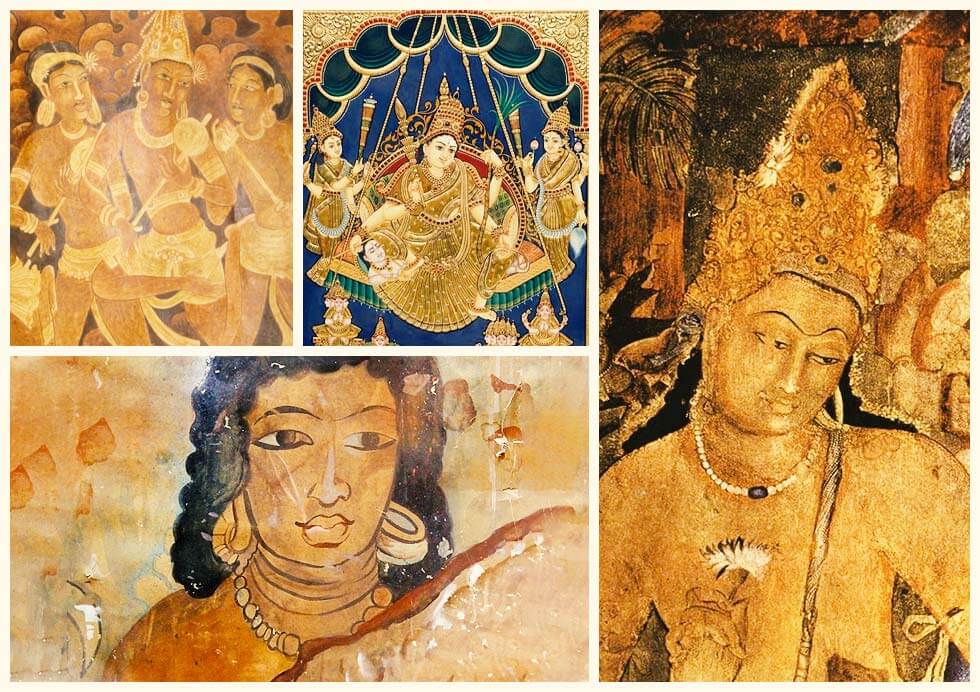
India’s rich cultural heritage is reflected in its ancient art forms, particularly in its paintings. These artworks provide a glimpse into the country’s history, traditions, and philosophies. From the intricate frescoes of Ajanta to the detailed miniatures of the Mughal era, ancient Indian paintings showcase a variety of styles and techniques that have influenced art worldwide. This blog will explore some of the most famous ancient Indian paintings, their historical contexts, and their enduring legacy.
Pattachitra Paintings
Historical Background
Pattachitra, originating in the state of Odisha, is a traditional painting style that dates back to the 5th century BCE. These paintings are done on cloth or dried palm leaves and are known for their intricate designs and mythological narratives.
Artistic Features
Pattachitra paintings are characterized by their detailed and elaborate borders, rich color palette, and depiction of stories from Hindu mythology, especially related to Lord Jagannath. The use of natural colors and the meticulous detailing make these paintings stand out.
Legacy
Pattachitra remains a vibrant art form in Odisha, with contemporary artists continuing to practice and innovate within this tradition. These paintings not only preserve ancient myths and stories but also sustain a significant cultural heritage.
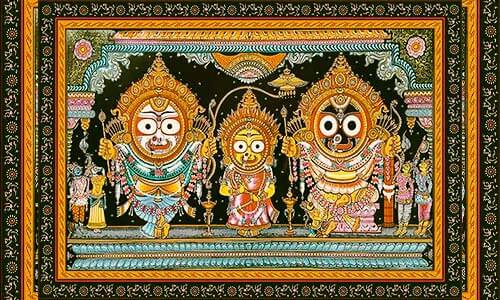
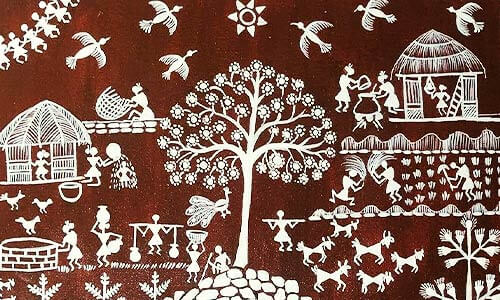
Warli Paintings
Historical Background
Warli painting is a tribal art form from Maharashtra, dating back to 2500 BCE. Created by the Warli tribe, these paintings are traditionally done on the walls of houses during festivals and marriages.
Artistic Features
Warli paintings are distinguished by their simple, monochromatic palette, usually white on a mud background. The use of geometric shapes to represent humans, animals, and nature is a defining characteristic. These paintings often depict scenes of daily life, farming activities, and festive rituals.
Legacy
Warli art has gained international recognition for its simplicity and profound symbolism. It has become a prominent example of tribal art and continues to influence modern design and art practices.
Tanjore Paintings
Historical Background
Tanjore (or Thanjavur) paintings from Tamil Nadu emerged in the 16th century under the patronage of the Nayakas and later the Marathas. These paintings are known for their religious themes and ornate style.
Artistic Features
Tanjore paintings are famous for their vibrant colors, surface richness, and compact composition. They often feature Hindu gods and goddesses and are adorned with gold foil, adding a unique sheen to the artwork. The figures are depicted in a stylized manner, with rounded faces and almond-shaped eyes.
Legacy
Tanjore paintings continue to be a celebrated art form in South India. They are a testament to the region’s rich cultural and artistic heritage and are highly valued for their beauty and craftsmanship.
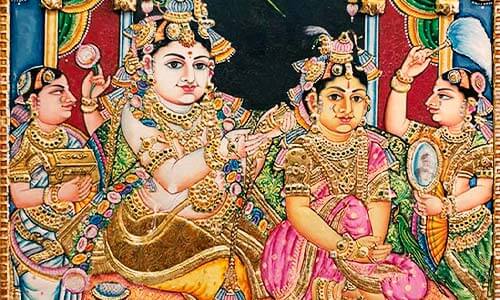
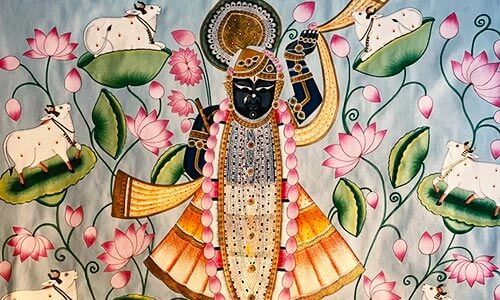
Pichhwai Paintings
Historical Background
Pichhwai paintings originate from the town of Nathdwara in Rajasthan and date back to the 17th century. These devotional paintings are created to adorn the walls of temples and depict the life of Lord Krishna.
Artistic Features
Pichhwai paintings are characterized by their intricate detailing, vibrant colors, and large formats. They often portray scenes from the life of Krishna, especially his childhood and pastoral activities. The use of rich colors and elaborate motifs make these paintings visually striking.
Legacy
Pichhwai paintings hold significant religious and cultural importance. They are a vital part of temple rituals in Nathdwara and have influenced various other forms of Rajasthani art. These paintings continue to be revered for their spiritual and artistic value.
Thangka Paintings
Historical Background
Thangka paintings, originating in Tibet, have been practiced in India, particularly in the regions of Ladakh and Sikkim, due to the influence of Tibetan Buddhism. These paintings date back to the 7th century and are used as teaching tools and meditation aids.
Artistic Features
Thangka paintings are known for their intricate details, vibrant colors, and the use of silk or cotton fabric. They depict various Buddhist deities, mandalas, and scenes from the life of Buddha. The precision and symmetry in Thangka paintings are remarkable, and they often include complex iconography and symbolism.
Legacy
Thangka paintings are not only significant as religious artifacts but also as masterpieces of Buddhist art. They continue to be created by artisans in India and Tibet, preserving the rich tradition and spiritual significance of this art form.
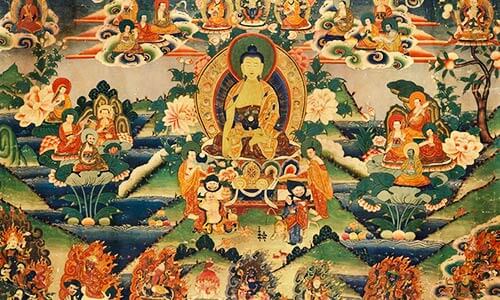
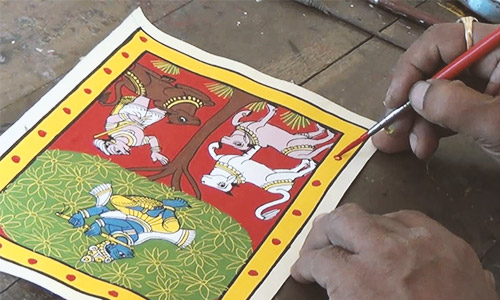
Cheriyal Scroll Paintings
Historical Background
Cheriyal Scroll Paintings originated in Cheriyal, Telangana, known for their unique narrative style and vibrant colors. These traditional scroll paintings date back to several centuries ago and depict stories from Hindu mythology, folklore, and daily life.
Artistic Features
Cheriyal paintings are characterized by bold lines, bright colors derived from natural sources, and intricate detailing. The artists use a distinctive stylization that combines storytelling with artistic expression, making these scrolls both visually appealing and culturally significant.
Legacy
Cheriyal Scroll Paintings continue to thrive as a cherished art form, passed down through generations of artisans who meticulously handcrafted each piece. They serve as a cultural repository, preserving tales and traditions for future generations.
Kalamkari
Historical Background
Kalamkari, meaning “pen work,” is an ancient Indian art form originating from Andhra Pradesh and Telangana. Dating back several millennia, Kalamkari paintings were traditionally used to adorn temple walls and textiles, depicting mythological narratives and natural motifs.
Artistic Features
Kalamkari artists employ natural dyes and hand-drawn techniques using bamboo or palm pens. The paintings are characterized by intricate detailing, intricate patterns, and a vibrant color palette. There are two distinctive styles: Srikalahasti and Machilipatnam, each with its unique artistic nuances.
Legacy
Kalamkari continues to thrive as a revered art form, blending craftsmanship with storytelling. It has evolved to include contemporary themes while maintaining its cultural roots, attracting admirers worldwide for its artistic finesse and historical significance.
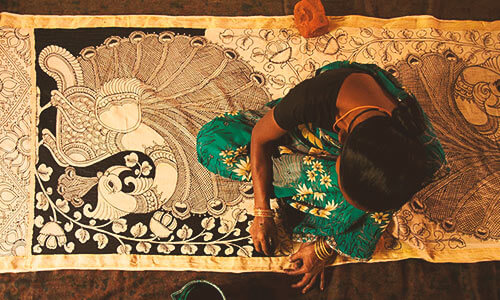
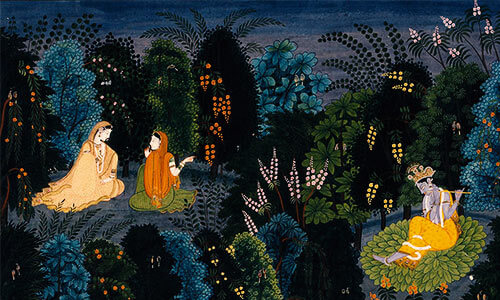
Kangra Painting
Historical Background
Kangra Painting flourished in the Kangra Valley of Himachal Pradesh, depicting themes of love, devotion, and mythology. Originating in the 18th century under the patronage of the Kangra rulers, these paintings reflect the region’s serene landscapes and poetic sensibilities.
Artistic Features
Kangra paintings are known for their delicate lines, pastel colors, and lyrical compositions. Artists used natural pigments and employed a meticulous technique to capture intricate details of flora, fauna, and human emotions. The paintings often feature scenes from the life of Lord Krishna and Radha, portraying their divine love.
Legacy
Kangra Painting remains an enduring symbol of artistic excellence, blending spiritual themes with aesthetic beauty. It continues to inspire contemporary artists and art enthusiasts, preserving the cultural heritage of the Kangra region through its timeless portrayals.
Phad Chitrakari
Historical Background
Phad Chitrakari is a traditional art form from Rajasthan, dating back to the 12th century. These large, scroll paintings depict the heroic exploits of local deities, particularly the folk deity Pabuji.
Artistic Features
Phad paintings are characterized by bold lines, bright colors, and narrative compositions. They employ natural dyes and intricate detailing to create narrative compositions that vividly portray mythological and historical tales. Phad Chitrakari paintings often serve as a visual storytelling medium, complemented by folk songs and dances in traditional settings.
Legacy
Phad Chitrakari continues to thrive as a cultural heritage of Rajasthan, showcasing the state’s rich artistic traditions. It preserves and transmits cultural narratives through its distinctive artistic style, maintaining relevance in contemporary times.
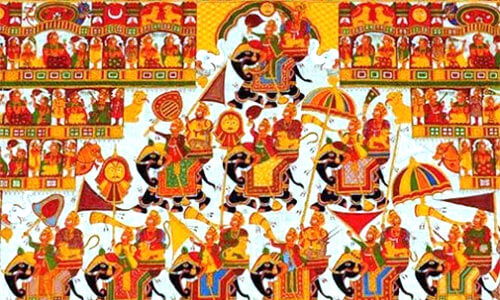
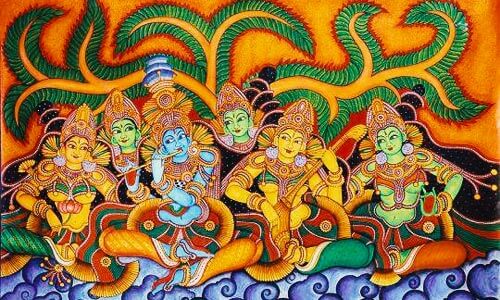
Kerala Mural Painting
Historical Background
Kerala Mural Painting is a form of classical Indian art that originated in the southern state of Kerala. Dating back to the 9th century CE, these paintings adorn the walls of temples, palaces, and churches, depicting religious and mythological themes.
Artistic Features
Kerala Mural Paintings are characterized by their flat perspective, vibrant colors, and stylized figures. Artists use natural pigments and vegetable dyes to create rich hues, while the use of bold lines and intricate detailing adds depth and dimension to the compositions.
Legacy
Kangra Painting flourished in the Kangra Valley of Himachal Pradesh, depicting themes of love, devotion, and mythology. Originating in the 18th century under the patronage of the Kangra rulers, these paintings reflect the region’s serene landscapes and poetic sensibilities.
Mysore Painting
Historical Background
Mysore Painting is a style of classical South Indian painting that originated in the city of Mysore in Karnataka. This art form flourished under the patronage of the Wodeyar dynasty during the 17th to 19th centuries, with themes ranging from Hindu gods and goddesses to royal portraits and mythological scenes.
Artistic Features
Mysore Paintings are known for their intricate details, delicate brushwork, and rich color palette. Gold leaf embellishments are often used to highlight certain elements, adding a touch of opulence to the compositions. The use of traditional materials and techniques lends a timeless quality to these artworks.
Legacy
Mysore Painting continues to be practiced by artisans in Karnataka, with efforts underway to preserve traditional styles and motifs while also exploring contemporary themes and techniques.
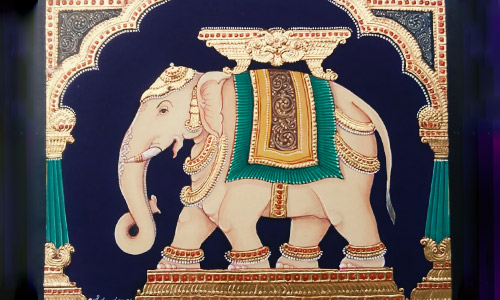
Conclusion
Ancient Indian paintings are a testament to the country’s rich artistic legacy. From the mystical caves of Ajanta and Ellora to the vibrant miniatures of the Mughal and Rajput courts, each style offers a unique glimpse into the past. These artworks not only highlight the technical prowess and creativity of ancient Indian artists but also provide a window into the cultural, religious, and social life of their times. As we continue to study and appreciate these masterpieces, they remain a source of inspiration and pride for India and the world.

